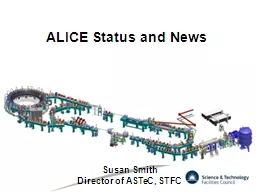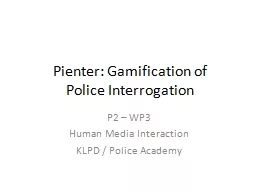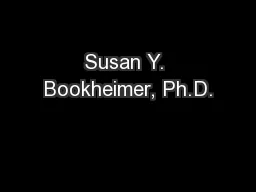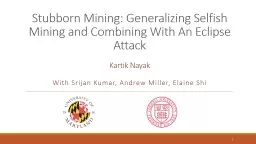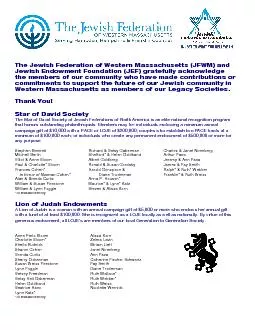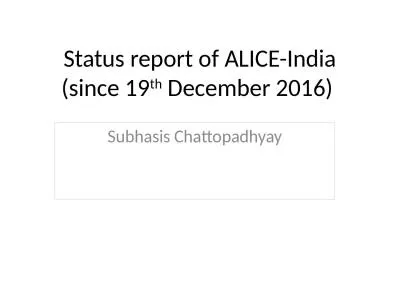PPT-ALICE Status and News Susan Smith
Author : chiquity | Published Date : 2020-08-05
Director of ASTeC STFC E lectron M odel for M any A pplications how all this started SRS DIAMOND ERLP 4GLS to greener p astures Oh yes We get there
Presentation Embed Code
Download Presentation
Download Presentation The PPT/PDF document "ALICE Status and News Susan Smith" is the property of its rightful owner. Permission is granted to download and print the materials on this website for personal, non-commercial use only, and to display it on your personal computer provided you do not modify the materials and that you retain all copyright notices contained in the materials. By downloading content from our website, you accept the terms of this agreement.
ALICE Status and News Susan Smith: Transcript
Download Rules Of Document
"ALICE Status and News Susan Smith"The content belongs to its owner. You may download and print it for personal use, without modification, and keep all copyright notices. By downloading, you agree to these terms.
Related Documents

